Top 5 Observability Tools in 2022
Observability is now the key tool because of the complex systems, hybrid infrastructure, and microservices architecture. To trace what happens in production and proactively take action against those before user get affected observability tools helps a lot.
There are so many tools but you are going to learn about the top 5 and based on your use case you may choose those options, there are few open sources and few commercials in this list. Cloud infrastructure is becoming more useful for organizations but that also adds more complexity. Increasing complexity will lead to difficulties in management. Even though we have DevOps methods to maintain control over the increasingly robust infrastructure.
What is an Observability?
Observability is a measure of how well the internal states of a system can be inferred from knowledge of its external outputs. In control theory, the observability and controllability of a linear system are mathematical duals. --> Reference Wiki
Observability tools allow companies to monitor infrastructure logs and set some alerts and help to get a certain matrix that helps to improve performance. Observability tools allow organizations to understand system behavior, giving them the information they need to prevent system problems by predicting them before they occur.
General Features:
In this section, we will discuss what are the general features that we need to overlook while choosing the observability tool.
- Alerts in case of any event happen.
- Logging.
- Dashboard to get birds-ey view.
- Tracing to track certain events.
- Auto-detect anomalies
- Measure system matrix and proactively send an alert
Top 5 tools:
1. Dynatrace:
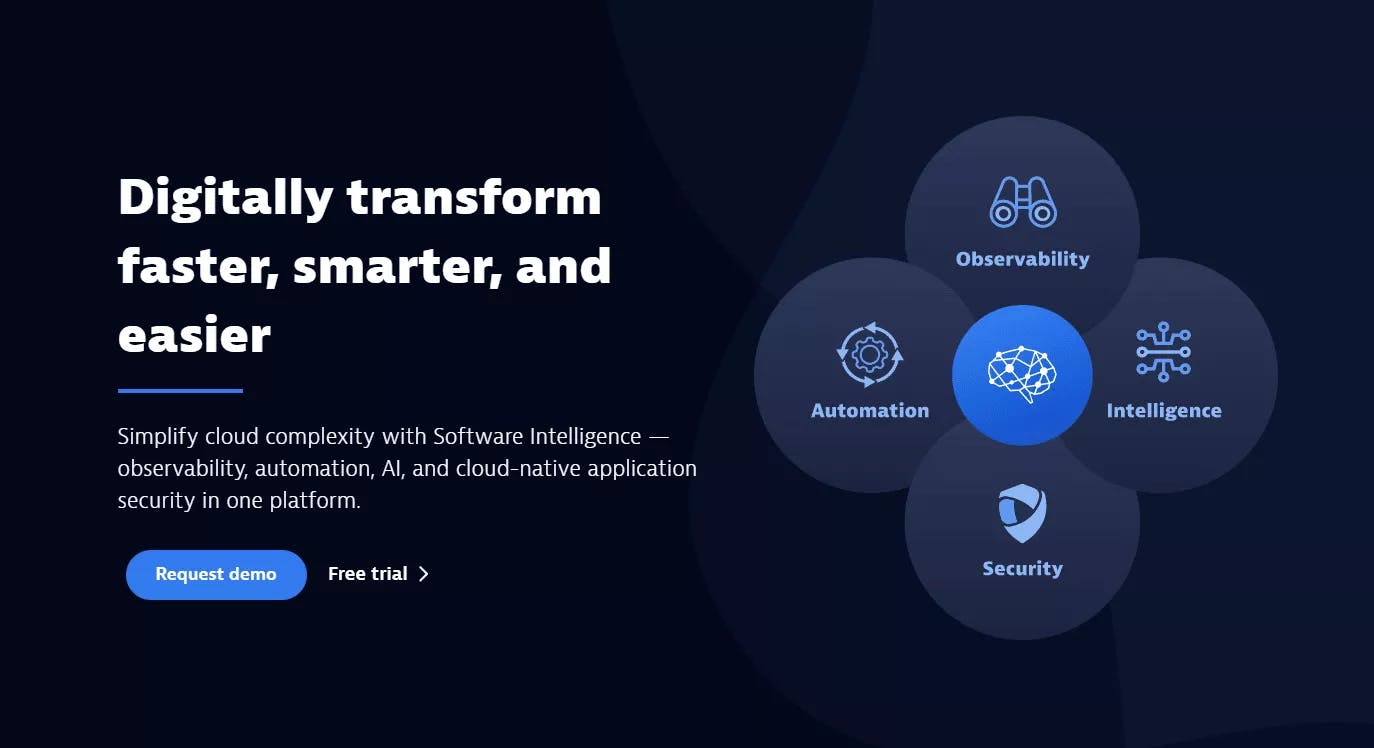
Dynatrace is very popular in enterprises, which helps you to easily observe both on-prem and cloud infrastructure. Dynatrace is a more comprehensive SaaS tool that addresses a wide range of monitoring services, particularly for big enterprises. The dynatrace system uses an AI engine called Davis to automate anomaly detection and root cause analysis services. Dynatrace’s AI and advanced anomaly detection tools have made it a popular option for big organizations looking to monitor complex infrastructure while quickly detecting vulnerabilities, But unfortunately, the solution does have its cons, such as being on the more expensive end observability solutions and lacking proper technical documentation.
2. Datadog:
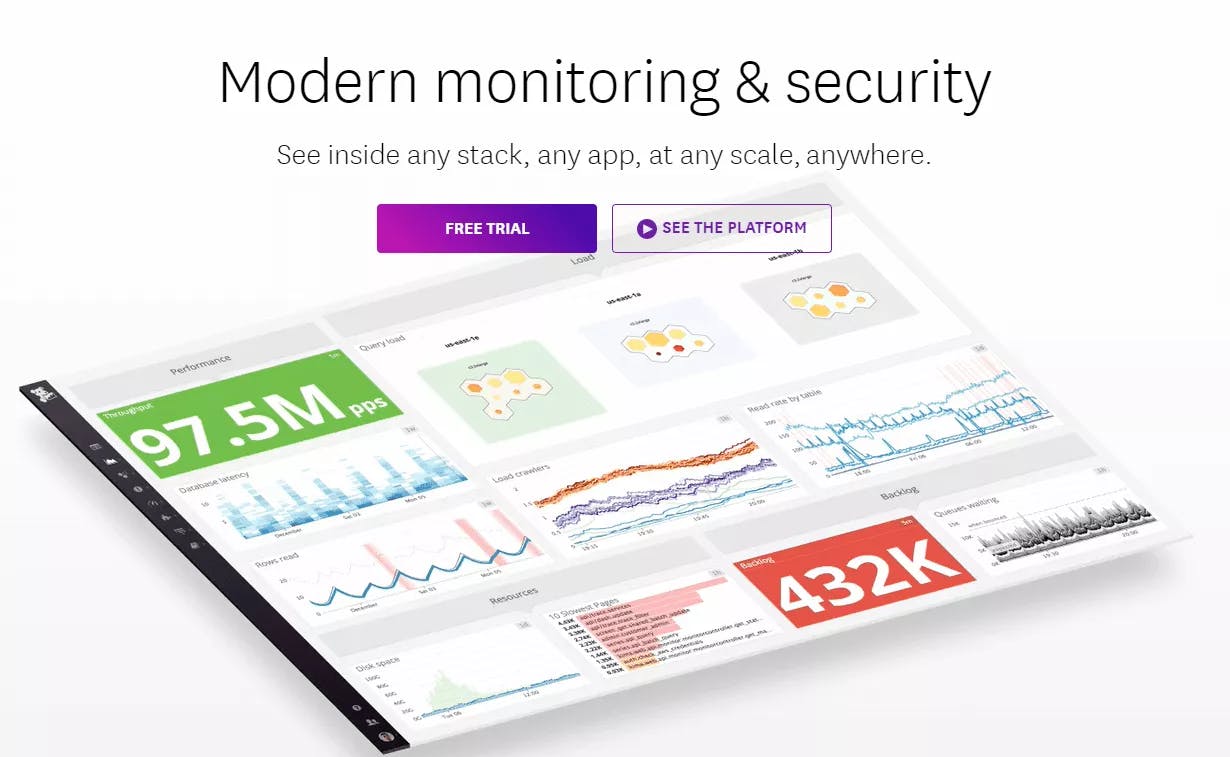
Datadog is an observability service for cloud-scale applications, providing monitoring of servers, databases, tools, and services, through a SaaS-based data analytics platform. The solution offers a free version, a free trial, and two pricing options. Datadog is trusted by Shell, Samsung, 21st Century Fox, and many well-known corporations.
3. New Relic:
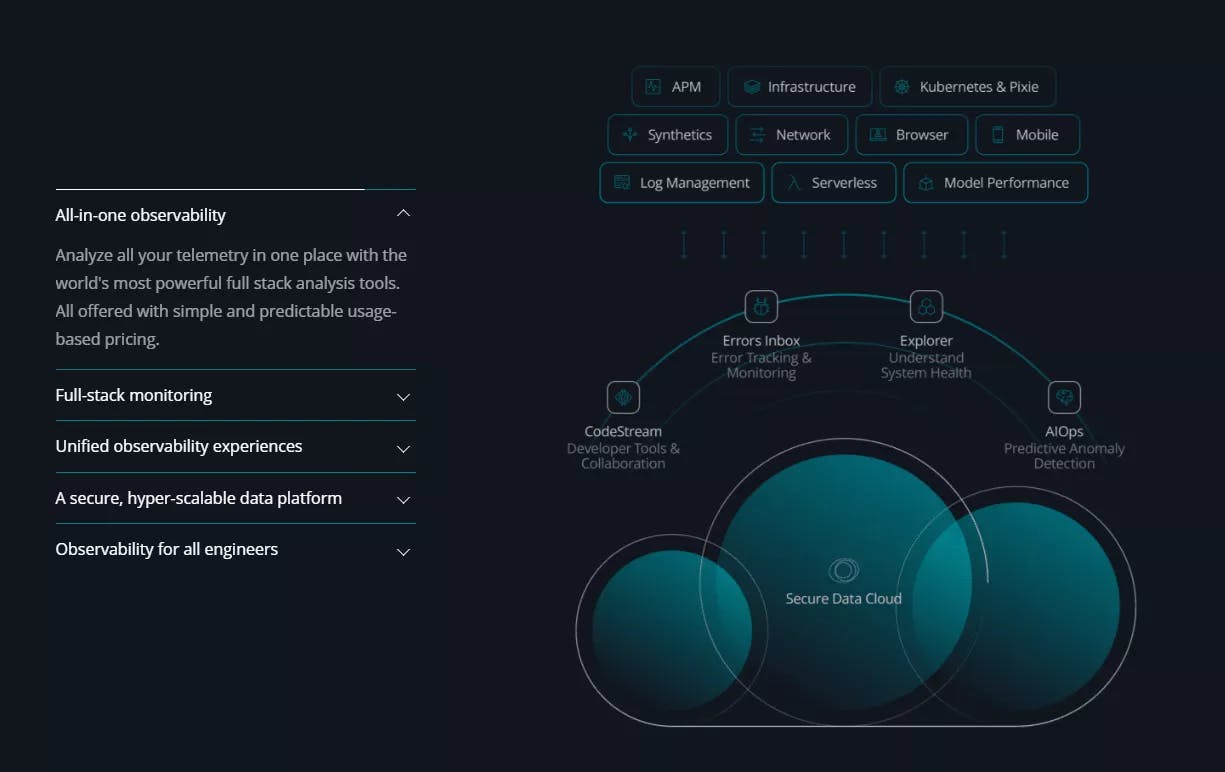
New Relic is where dev, ops, security, and business teams solve software–performance problems with data. New Relic also provides observability tools which is also quite popular in the community. New Relic’s platform is designed to speed up the repair process and reduce downtime, increasing productivity and allowing engineers to focus on enhancing application performance. The system is easy to set up and offers real-time analytics to help developers troubleshoot their applications.
4. Grafana:
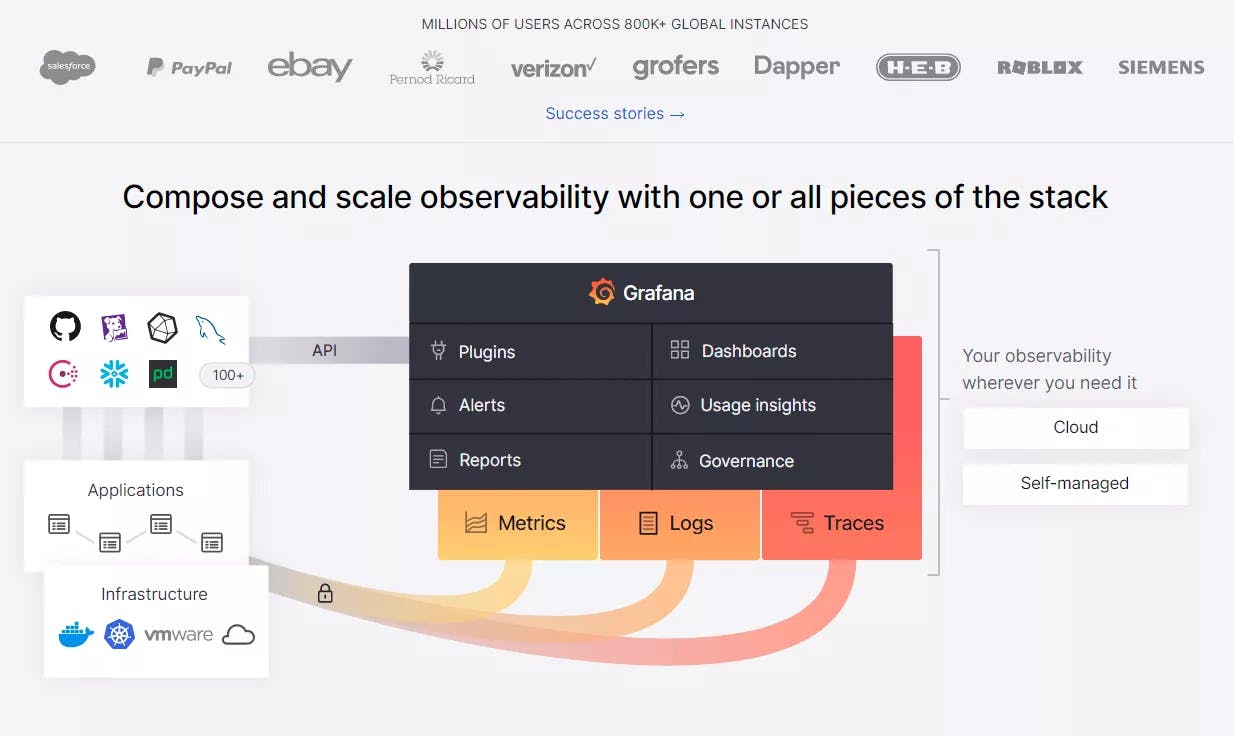
Grafana is multi-platform open-source analytics and interactive visualization web application. It provides charts, graphs, and alerts for the web when connected to supported data sources. Grafana is an observability tool that creates reports and usage insights for developers and builds dashboards to make data easily viewable and readable. Grafana is trusted by several large corporations, including Siemens, eBay, and PayPal.
5. Lightrun:
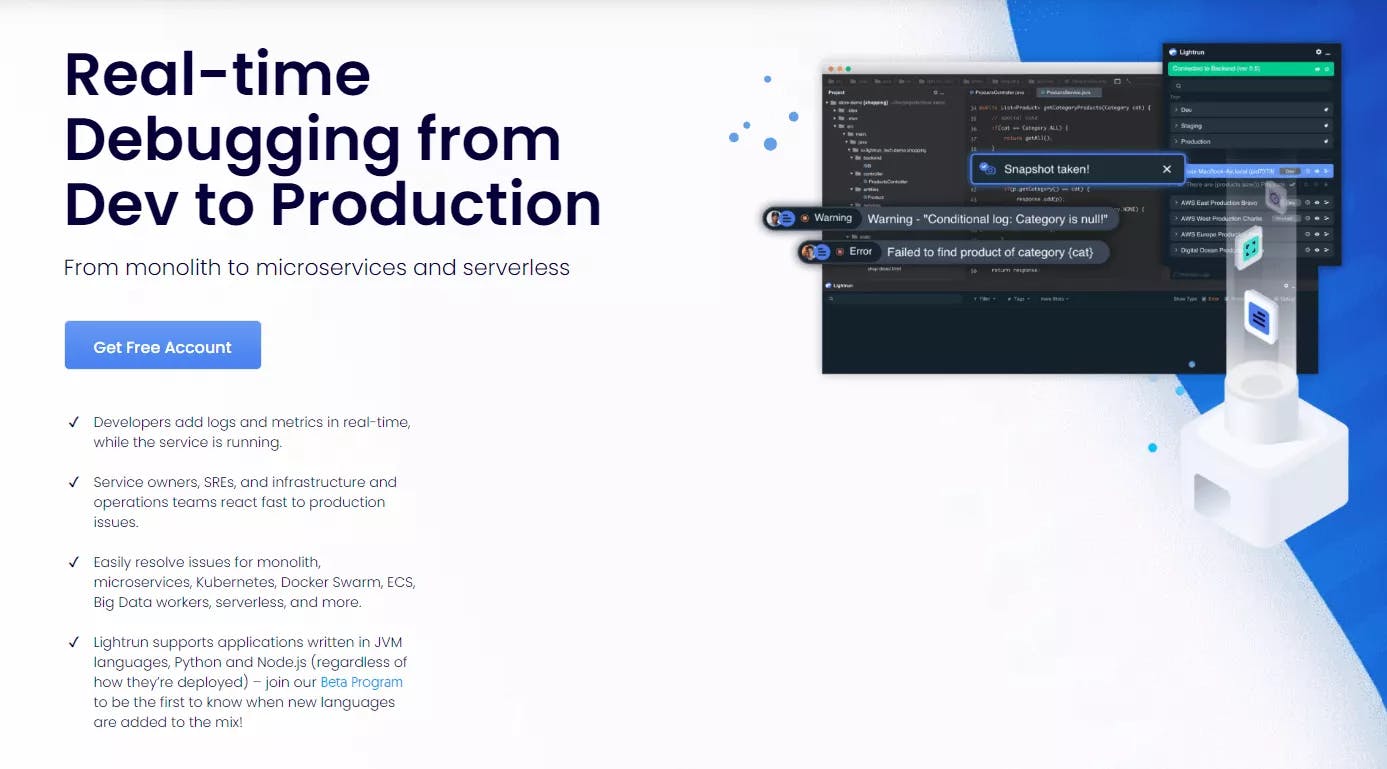
ISO-27001 compliant, Lightrun assures organizations of the security and privacy of their code. Lightrun offers a developer-native observability platform that allows users to add logs, metrics, and traces to production and staging. It gives you full observability of your infrastructure, enabling you to quickly detect and mitigate any potential issues without adding extra code. The solution’s logs and metrics can be added in real-time and even while the product is running.
Conclusion:
As I said there are multiple platforms and tools available but you can choose based on the pricing model and your product and company needs along with where is your infrastructure.
